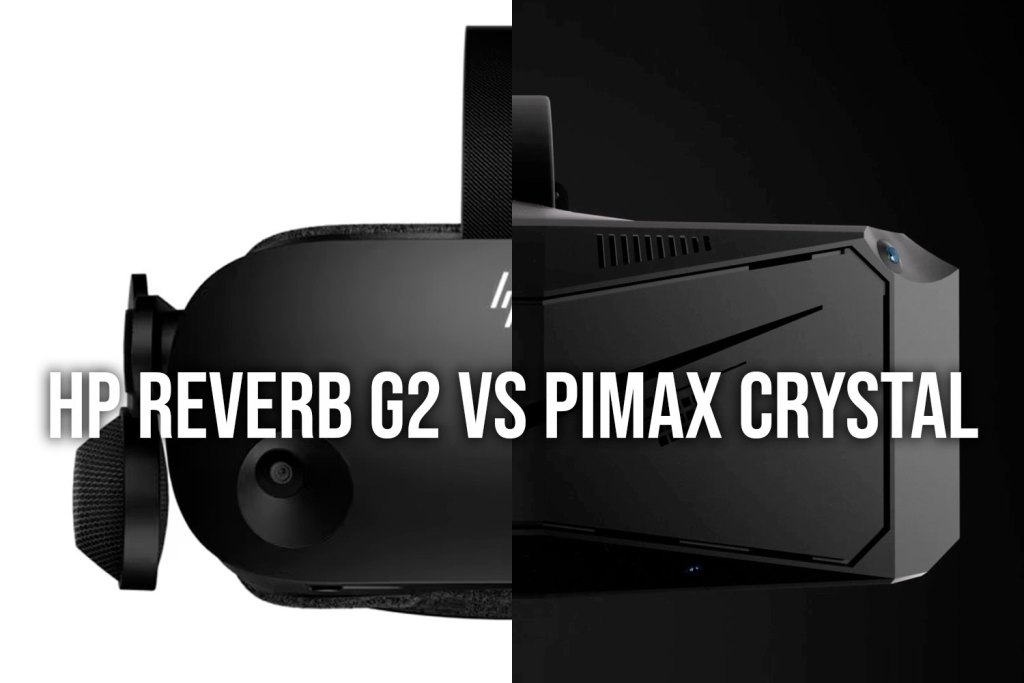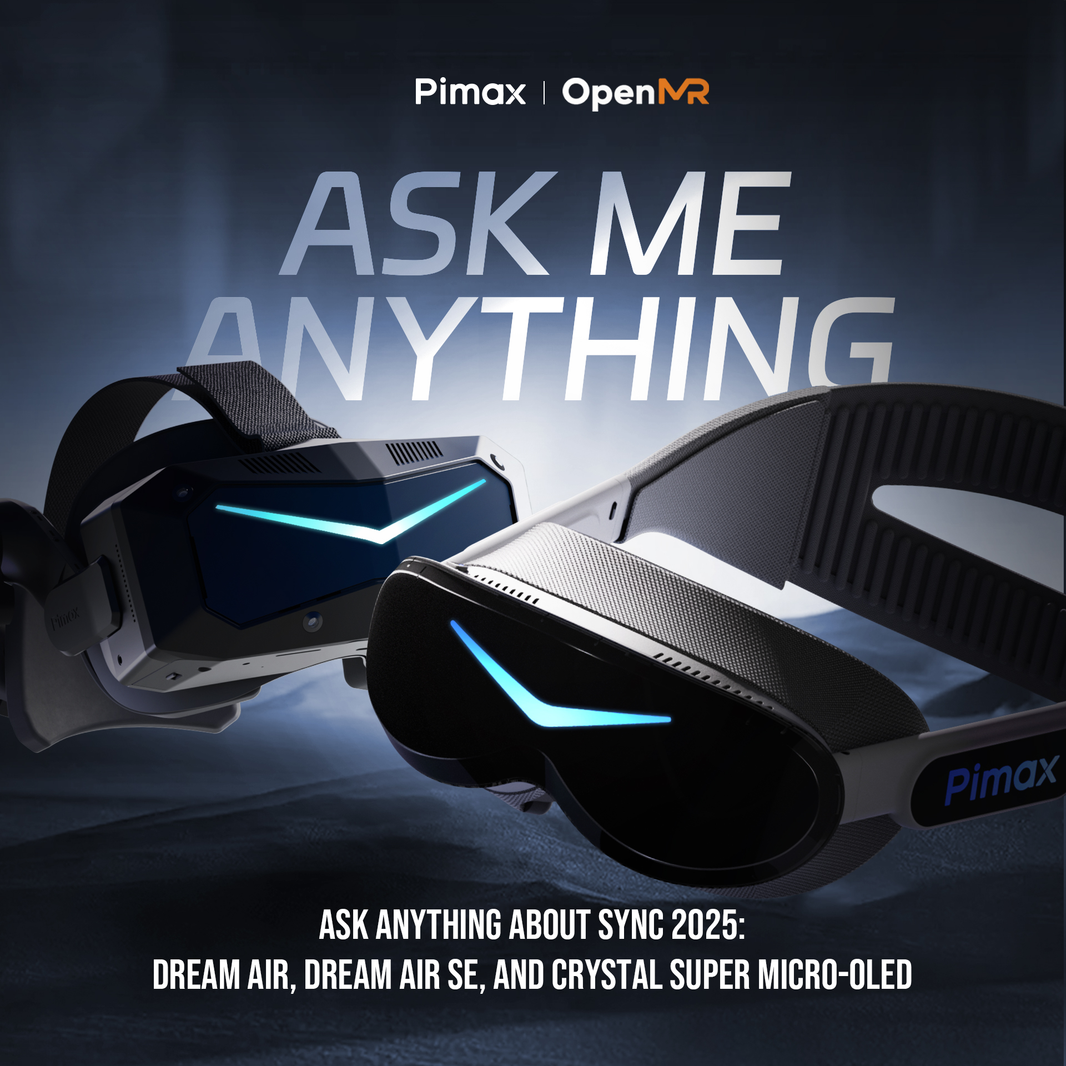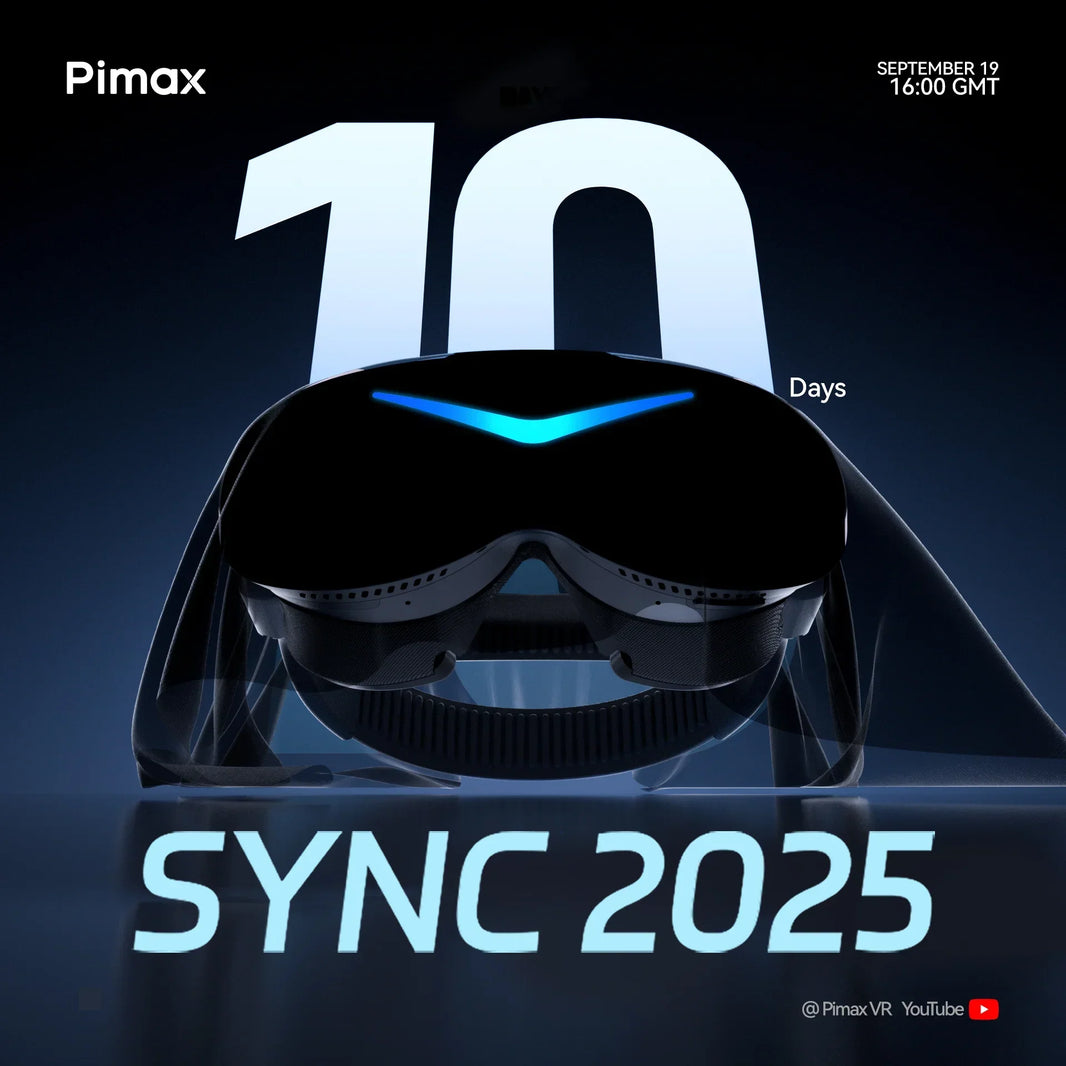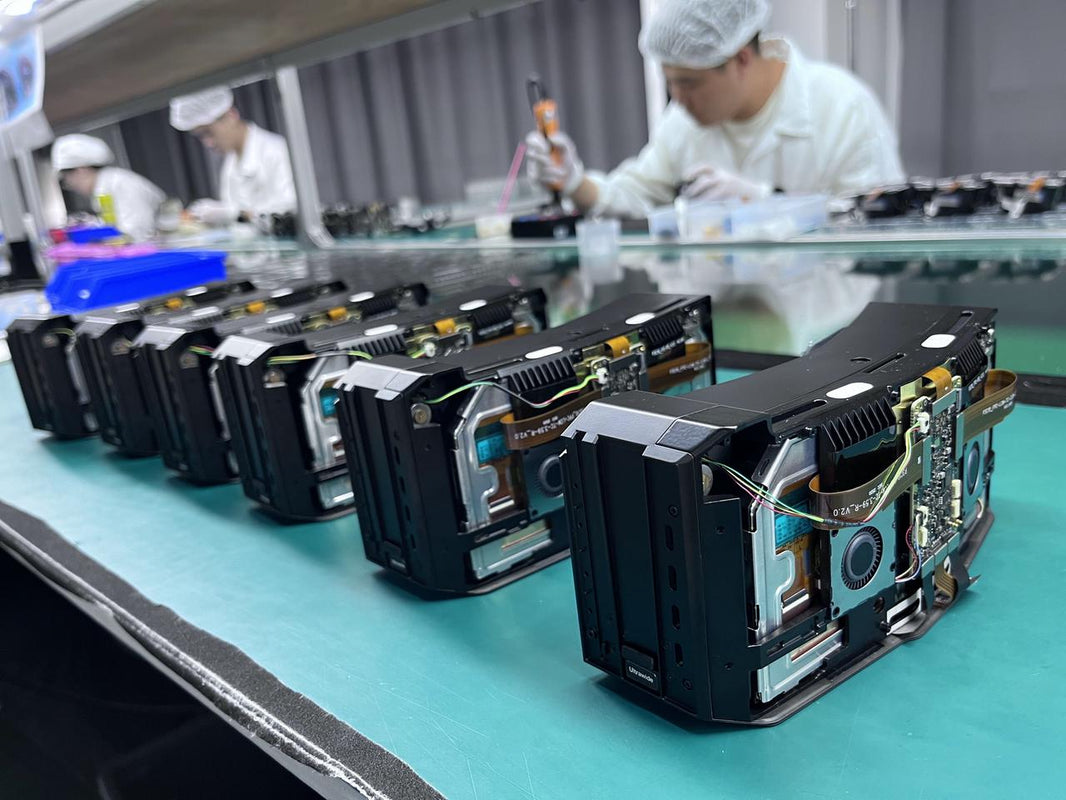The HP Reverb G2, released in late 2020, has become a hit among flying and racing enthusiasts alike.
Pimax Crystal was released in 2023 and was equally popular among gamers in this genre. How do these two VR headsets compare? Let's dig a little deeper.
Compare Images
movie
The biggest difference
resolution
The HP G2 has a resolution of 2160 x 2160 per eye, while the Pimax Crystal has a resolution of 2880 x 2880 per eye. The G2 uses an LCD panel, while the Pimax Crystal uses QLED + MiniLED (with local dimming) to display vibrant colors.
lens
The HP G2 uses a resin Fresnel lens, while the Pimax Crystal uses an aspherical glass lens, resulting in greater clarity, a larger sweet spot and beam of light (though many G2 users report a relatively small sweet spot).
Refresh Rate
The G2 can run at 60Hz or 90Hz, while the Crystal has 72Hz, 90Hz, and 120Hz options.
60Hz can cause flickering, while 72Hz avoids ghosting and other artifacts.
brightness
The Pimax Crystal has a maximum brightness of 200 nits , while the G2 has a maximum brightness of 150 nits . Higher brightness enhances color and clarity, reduces motion sickness, and combined with local dimming, helps prevent color washout.
Field of view (FOV)
In terms of viewing angles, the G2 is narrower than the Crystal.
Eye tracking
Pimax Crystal offers 120Hz eye tracking and foveated rendering. Eye tracking supports DFR, improving game FPS by 10%-50%. Even in social games like VRChat, your avatar's eyes move naturally, creating a more social presence.
The Omnicept version of the G2 (selling for $1,250) integrates eye tracking , but its DFR is not as versatile as the Pimax Crystal 's DFR. The standard HP Reverb G2 does not have eye tracking.
All-in-One Mode
The Pimax Crystal not only offers PCVR functionality, but also has 256GB of onboard storage and an all-in-one mode that lets you play games and enjoy VR movies without a PC, while the G2 only has one mode: PCVR.
Wireless Streaming
With 60G Airlink coming, Pimax Crystal will offer Wi-Fi/WiGig streaming via the module.
Software Ecosystem
The G2 was launched in 2020 as part of the Windows Mixed Reality ecosystem, but no other new headsets have been released in the ecosystem since the G2. It's unclear whether the software will continue to receive updates. The Pimax Crystal runs on Pimax Play and can be updated . (Both headsets support SteamVR and the OpenXR Toolkit.)
modular
Pimax Crystal supports a variety of modular accessories, including Ultra-Leap gesture recognition, interchangeable lenses, and modular panels.
The biggest similarities
Targeting Type
Both headsets can be positioned in a 6Dof inside-out fashion via four integrated cameras, which is ideal as it eliminates the need to purchase additional base stations, mount brackets or mount them on the wall to achieve positioning functionality.
(If you already have a base station and the base station panel is installed, the Pimax Crystal can use the base station positioning mode.)
handle
Both headsets come with controllers (you can also buy Crystal-Sim if you don't want a controller).
The Pimax Crystal controller offers partial finger and thumb tracking via capacitive sensors.
audio
Both headsets have integrated audio via in-ear headphones.
PCVR
Both headsets require a gaming computer with specific specifications to function optimally. They're ideal for racing and flight simulations. Be sure to check the computer requirements for each headset before purchasing.
conclusion
Both the HP Reverb G2 and Pimax Crystal are excellent VR headsets. The HP Reverb G2 (standard version) is more affordable, while the Pimax Crystal offers a wider viewing angle, clarity, and eye tracking. Ultimately, the best headset for you will depend on your personal needs and budget.
If you're looking for the most immersive VR experience, the Pimax Crystal is a great choice. However, if you're on a budget or want a more comfortable headset, the HP Reverb G2 is a great option.











